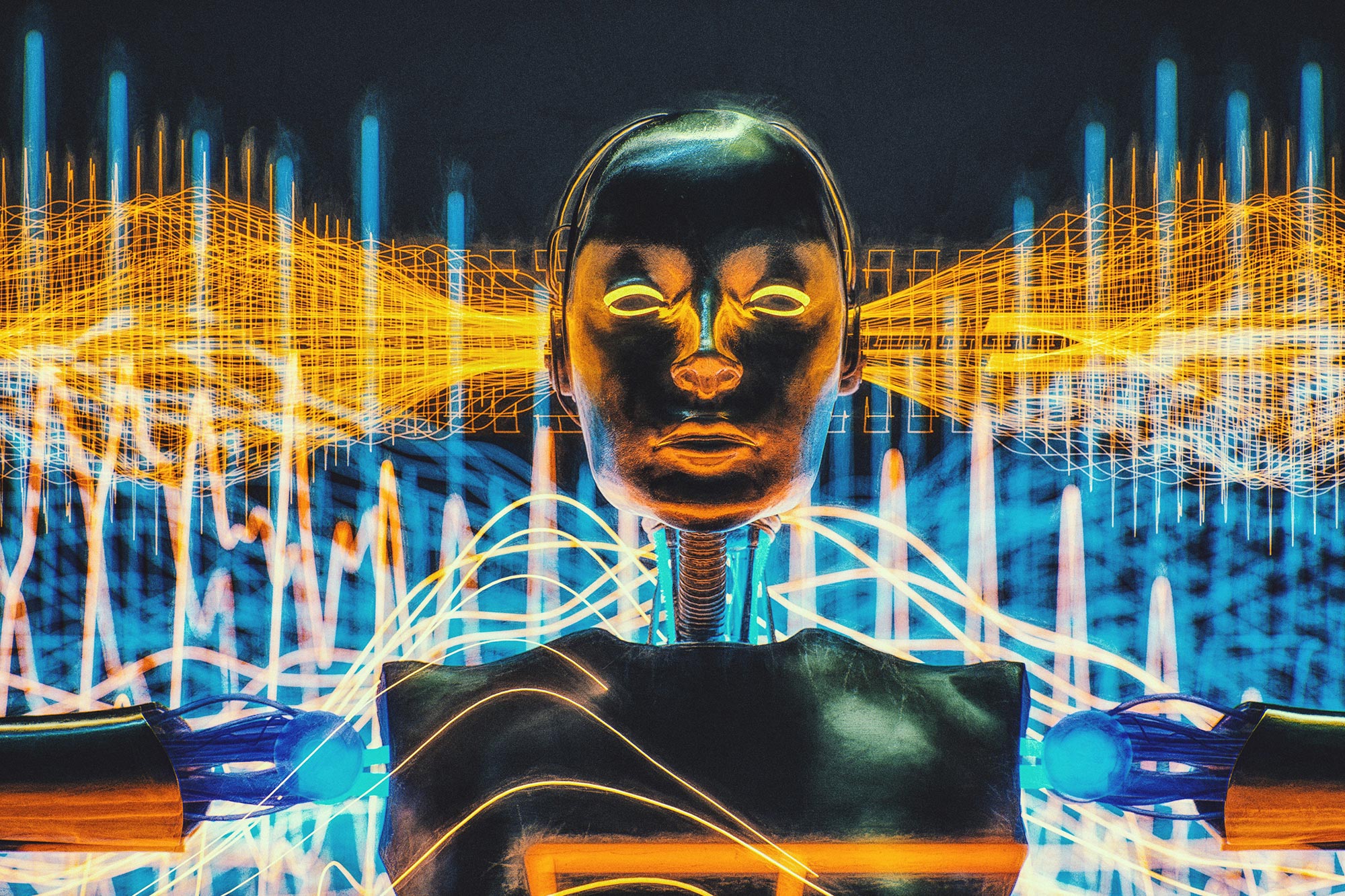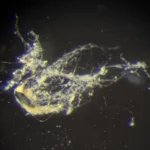AI systems still struggle to understand dynamic social interactions, falling far behind human abilities due to limitations in how these models process complex, real-world scenarios.
The Hidden Challenge in AI Development
Artificial Intelligence (AI) has made remarkable strides in recent years, mastering tasks from language translation to complex problem-solving. Yet, a recent study by Johns Hopkins University uncovers a critical weakness: AI’s inability to accurately interpret human social interactions. Dailyscitech
The Study: Testing AI’s Social Perception
Researchers at Johns Hopkins conducted experiments comparing human and AI interpretations of social scenarios. Participants watched short video clips depicting various social interactions and rated them based on specific criteria. These human assessments were then compared to predictions made by over 350 AI models, including advanced language, video, and image systems. Dailyscitech
The findings were striking: AI models consistently failed to match human judgments, particularly in understanding the nuances of social dynamics. While humans effortlessly picked up on subtle cues, such as body language and contextual relationships, AI systems struggled to interpret these elements accurately. Dailyscitech
Implications for Real-World Applications
This blind spot in AI has significant implications, especially as AI systems are increasingly integrated into real-world settings. For instance, autonomous vehicles must interpret pedestrian behavior, and social robots need to engage appropriately with humans. The inability to understand social cues could lead to misinterpretations and potentially hazardous situations. Dailyscitech
Kathy Garcia, a doctoral student involved in the study, emphasized the importance of this research:
“Understanding the relationships, context, and dynamics of social interactions is the next step, and this research suggests there might be a blind spot in AI model development.”
The Path Forward: Bridging the Social Gap
Addressing this deficiency requires a multidisciplinary approach, combining insights from cognitive science, psychology, and computer science. Developing AI systems that can accurately interpret social cues necessitates a deeper understanding of human behavior and the subtleties of interpersonal interactions. Dailyscitech
As AI continues to evolve, ensuring that these systems can navigate the complexities of human social life is crucial. This study serves as a reminder that, despite technological advancements, there remains a significant gap between human and artificial social intelligence. Dailyscitech
Curious to Learn More?
How do you think AI can be trained to better understand human social interactions? Share your thoughts and join the conversation on the future of AI and social cognition. Dailyscitech










